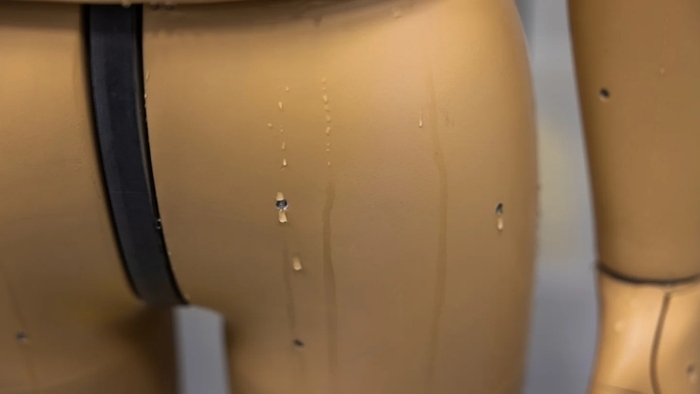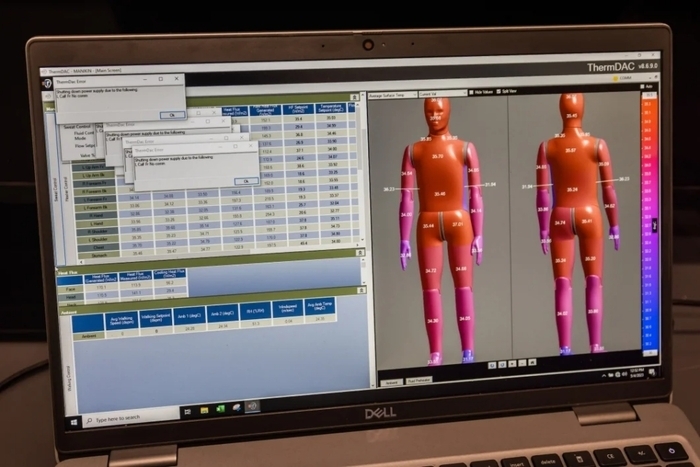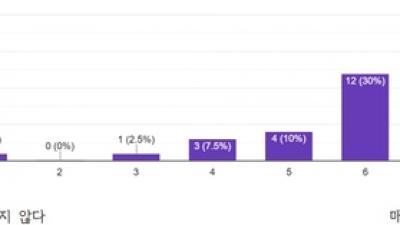Mannequins appeared, sweating and rising body temperatures in hot places, making people breathless, and walking or shaking.
According to science magazine Populist and the British Daily Mail on the 8th (local time), researchers at the University of Arizona recently unveiled the humanoid “ANDY” to check the effects of extreme temperatures on the human body.
Unlike most robots developed in a form that helps in everyday life, Andy was developed with a focus on describing human body changes. When the temperature rises, Andy releases sweat from the pores and breathing is short. Even in the corner, sweat is creeping.

This may seem odd at first glance, but Andy was made to prepare for when climate change endangered humanity. Biological reactions should be observed to develop products that maintain body temperature in extreme climates or to find ways to treat them, as it is too dangerous to proceed with clinical trials as humans. In other words, it is a dummy for product development.
To this end, Andy's skin is divided into 35 areas and is equipped with synthetic pores for artificial sweat, temperature and heat flux sensors. When you feel heat, you sweat with a customized internal cooling channel that circulates cool water throughout the body. Depending on the input information such as weight, age, and disease, Andy shows different body reactions. The reaction was reproduced, such as sweating more when obese and not being able to control body temperature if diabetes is present.

Due to climate change, heat-related deaths such as heat stroke are increasing every year. For example, 425 heat-related deaths occurred last year in Maricopa County, Arizona. The figure is up more than 100 from the previous year. The researchers said they developed Andy to reduce the increasing damage.
Researchers put Andy in a space called a “warm room” and test the wind, solar radiation, and high temperatures of 60 degrees Celsius. When you put on clothes, your body's reaction changes again. The results are extracted with data and help in product development.
Andy also has a partner this summer. It is a thermal sensor MATI mounted on a garden cart. Marty walks around the University of Arizona campus with Andy to measure heat, though not humanoid. When Marty measures the heat that touches her body, Andy takes on the role of recording the body's reaction from the heat.
“Even though people are dying of the heat, we still don't fully understand what happened,” said Jenny Barnos, an associate professor at Arizona State University. “It can help us figure out what happened.”
Staff Reporter Seo, Heewon shw@etnews.com










































